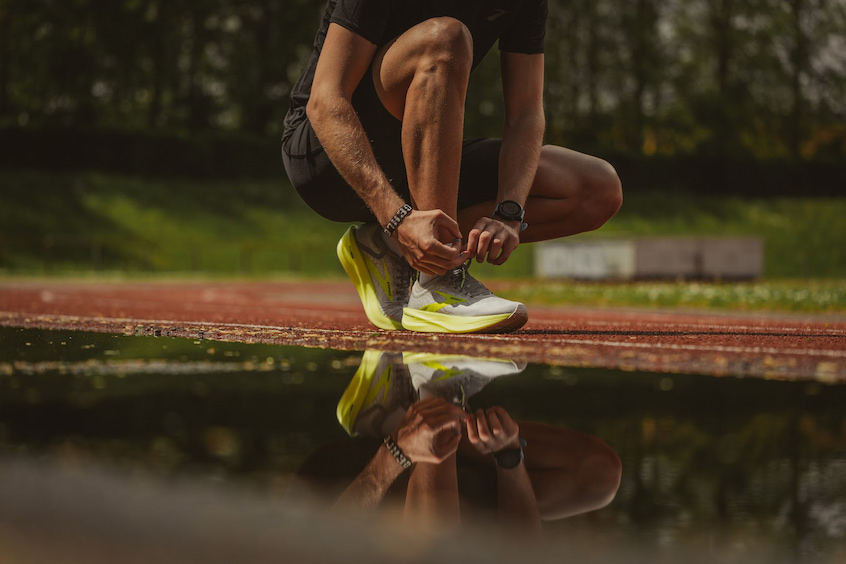
A Guide to Orthotic-Friendly Shoes: The Answer to Your Foot Pain
Do you struggle with foot pain, balance problems or difficulty walking? Feet disorders often make everyday life more difficult for an individual. The good news is that there is a way to alleviate your pain and discomfort, allowing you to freely move around and exercise.
Among the most common solutions to these problems are orthotic-friendly shoes. These shoes have been designed specifically to provide support and comfort for those with foot problems. They can also be beneficial for people who are looking to improve their posture or prevent injuries.
Contents
What Are Orthotic-Friendly Shoes?
When you browse through the vast selection of men’s arch support shoes, you’ll notice a common denominator – they all have a deep heel cup. This is essential for individuals who require extra support for their feet and ankles. From there, the level of support and cushioning will vary from one shoe to the next.
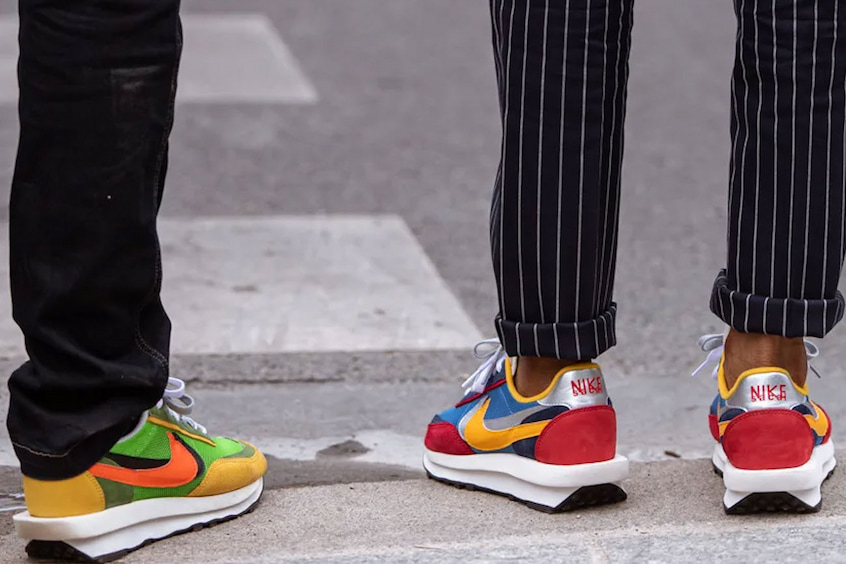
These shoes are constructed with high-quality comfortable and breathable leather. They have a slip-resistant and flexible sole that works well on all surfaces. Apart from their superior comfort, these shoes come in stylish business casual designs that both complement your work attire and make great companions on your daily walks.
What are the Characteristics of Men’s Orthotic Friendly Shoes?
To be classified as an orthotic-friendly shoe, a particular pair of footwear must meet certain criteria. It’s these features that make them suitable for people with foot problems and separate them from regular shoes.
Firm Heel Counter
As they walk and run, many people develop a habit of letting the ball of their heels roll or slide out of the shoes. Orthotic-friendly footwear has strong heel counters to keep the ankles steady, which helps to steady your stride and reduces the chance of injury.
Firm Midsole Density
Orthotic inserts must maintain some strength to be functional, therefore the midsole of the shoe remains hard and doesn’t compress easily. Orthotic-friendly shoes often have solid midsoles that keep inserts secure and force-resistant.
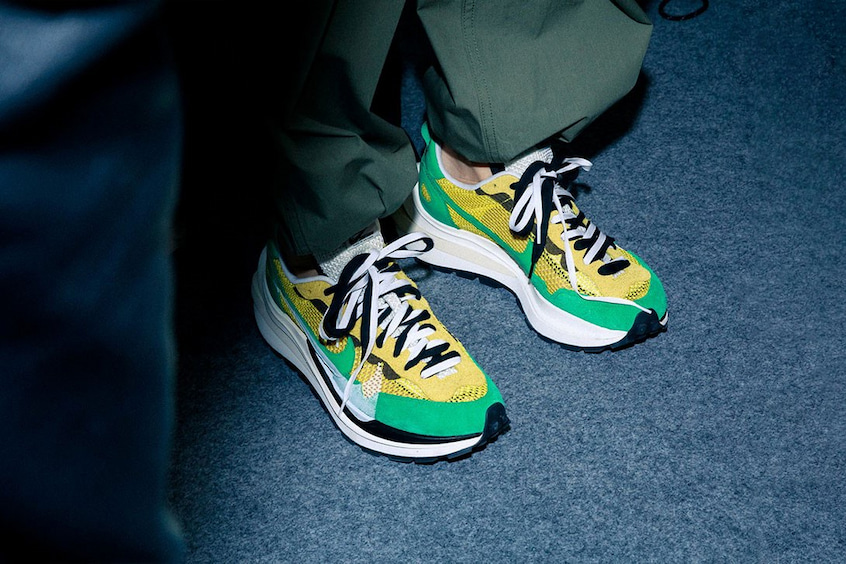
Wide Foot Support
A shoe provides better support if its footbed is wider. Men’s orthotic-friendly shoes include wider foot support. The extra width prevents the sides of the feet from rolling inward or outward (overpronation and supination), which can lead to pain and injury. By neutralising the foot’s position, the shoes help to evenly distribute weight and improve balance.
Removable Footbeds
In order to insert an orthotic, the footbed must be removable. This allows wearers to customise their shoes to better support their feet. The removable insole also provides an opportunity to clean the footbeds and keep them free of bacteria, which is especially important for those with diabetes or other foot conditions.
Wide Toe Box
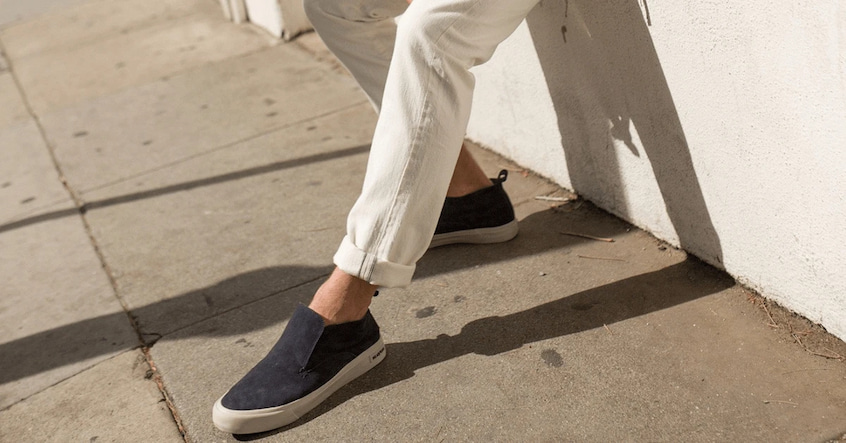
Arguably one of the most distinctive and important characteristics of orthotic-friendly shoes is a wide toe box. They offer enough room for your toes to prevent the appearance of bunions and swelling. Wide toe boxes also make it easier to add personalized orthotic inserts;
Suitable Shoe Depth
If a shoe is too shallow, the foot will slide around inside and rub against the sides. This can cause blisters and other issues. But if the shoe is too deep, the foot will have too much room to move and won’t be as stable. The right shoe depth provides a snug fit without being too constrictive.
Some shoe manufacturers produce men’s shoes with high arch support that have more sophisticated orthotic options. These extra features aren’t necessary for a pair of shoes to be deemed orthotic friendly, but they provide superior comfort in your day-to-day life.
What Are the Signs That You Need to Wear Orthotics?
Healthy feet are as important for your back and posture as office ergonomics. If you experience recurrent tripping, ankle twisting, heel discomfort, corns, callouses, and other foot problems, a pair of orthotics and men’s arch support shoes might be of help. Here are seven of the most typical indications that you need to wear orthotics:
Foot Pain and Swelling
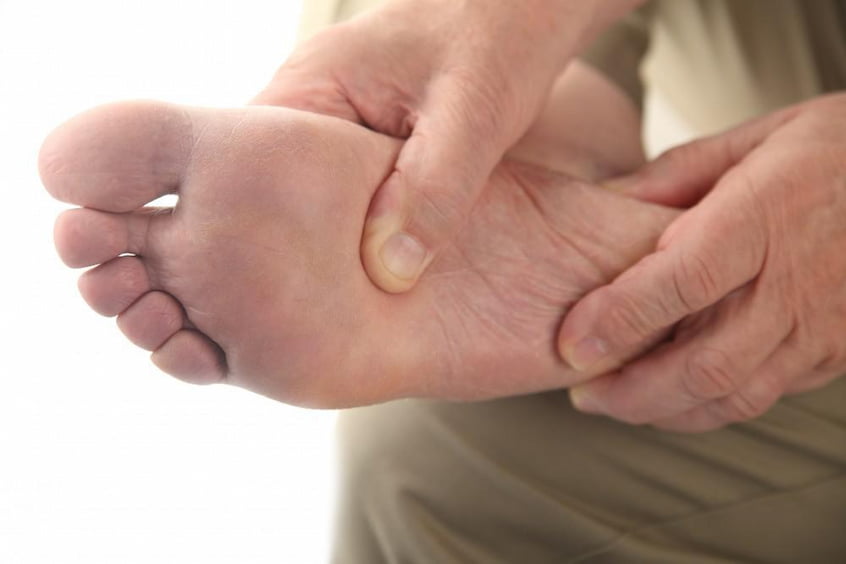
If you feel pain or swelling in your feet after doing basic daily activities like standing or walking, this is a sign that you should visit a podiatrist. You don’t have to endure unnecessary foot discomfort, and orthotics might be the answer. Your podiatrist will look into the source of your discomfort and offer guidance on the best workouts and footwear to help you get back on track.
One sign that you have plantar fasciitis is sudden, sharp heel pain, especially in the morning. This common foot ailment happens as a result of inflammation of the plantar fascia, the broad band of tissue that extends from your heel bone to your toes. If you’re experiencing these symptoms, orthotics can help stretch and support the fascia to ease the pain.
High Arches or Flat Feet
Anytime you have an abnormal foot structure, it can lead to problems. Having too high of an arch or flat feet can both create issues. People with high arches might find that their feet roll inward when they walk (overpronation), which can cause joint pain, shin splints, and more.
On the other hand, those with flat feet don’t have enough of an arch. This might result in the ankles rolling outward (supination). This can also lead to joint pain and other issues. In both cases, orthotics can help support the feet and alleviate pain.
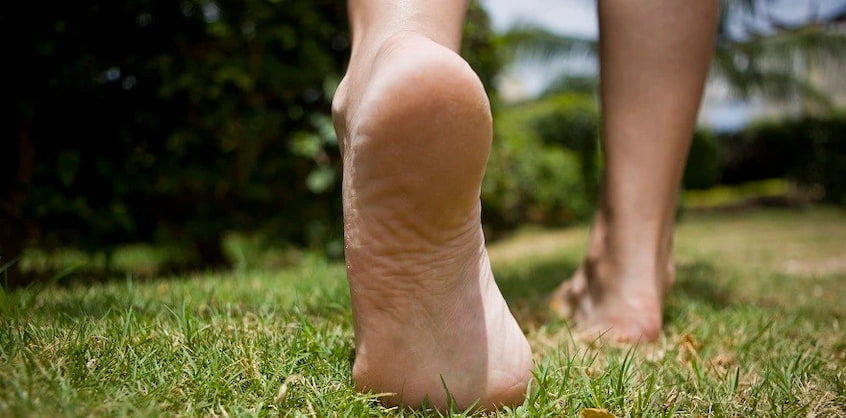
Ankle Instability
If you have weak ankles that give way often, this is a sign that you need arch support shoes with orthotics. Having unstable ankles puts you at a higher risk for sprains and other injuries. If you wear shoes with built-in arch support and orthotics, your ankles will have the stability they need to avoid unpleasant scenarios.
Bottom Line
Don’t be fooled – although orthotic-friendly shoes may resemble those you see in trendy shoe retailers, they’re not the same. Traditional shoes have trained your feet to lose their natural shape, but orthotic-friendly shoes let you regain the practical, performance-oriented feet that nature gave you.
Consider purchasing orthotic-friendly shoes if you have persistent foot issues, are an athlete, or just want to avoid pain in the future. With their help, you should have a flawless (or at least almost perfect) stride while you walk.

